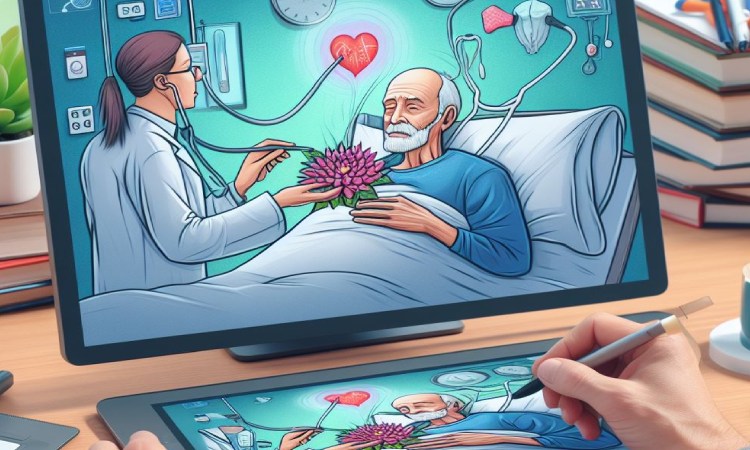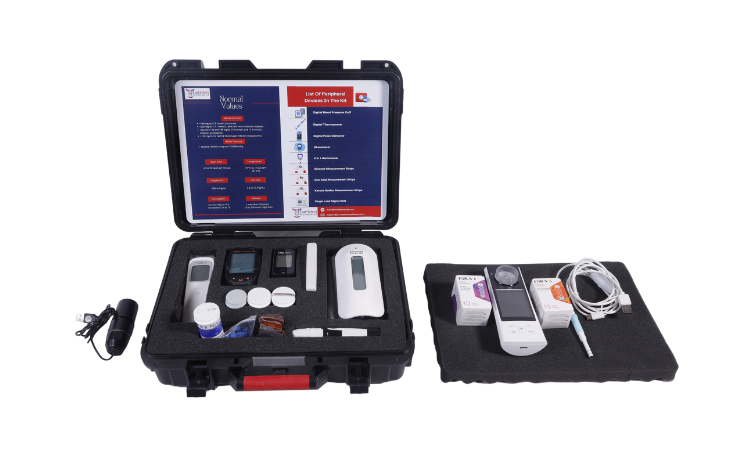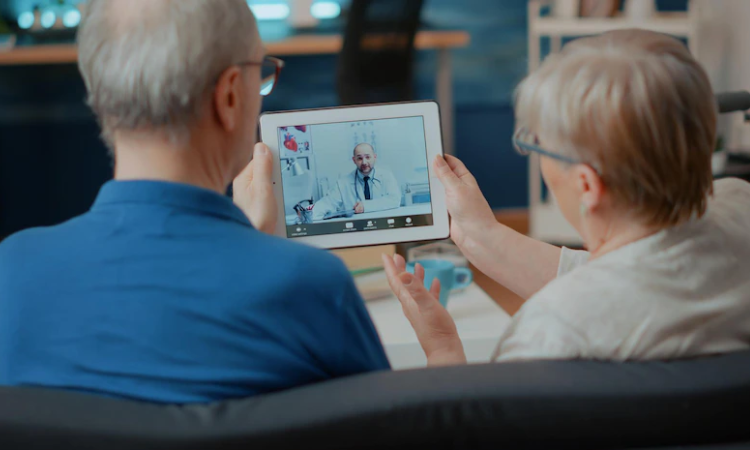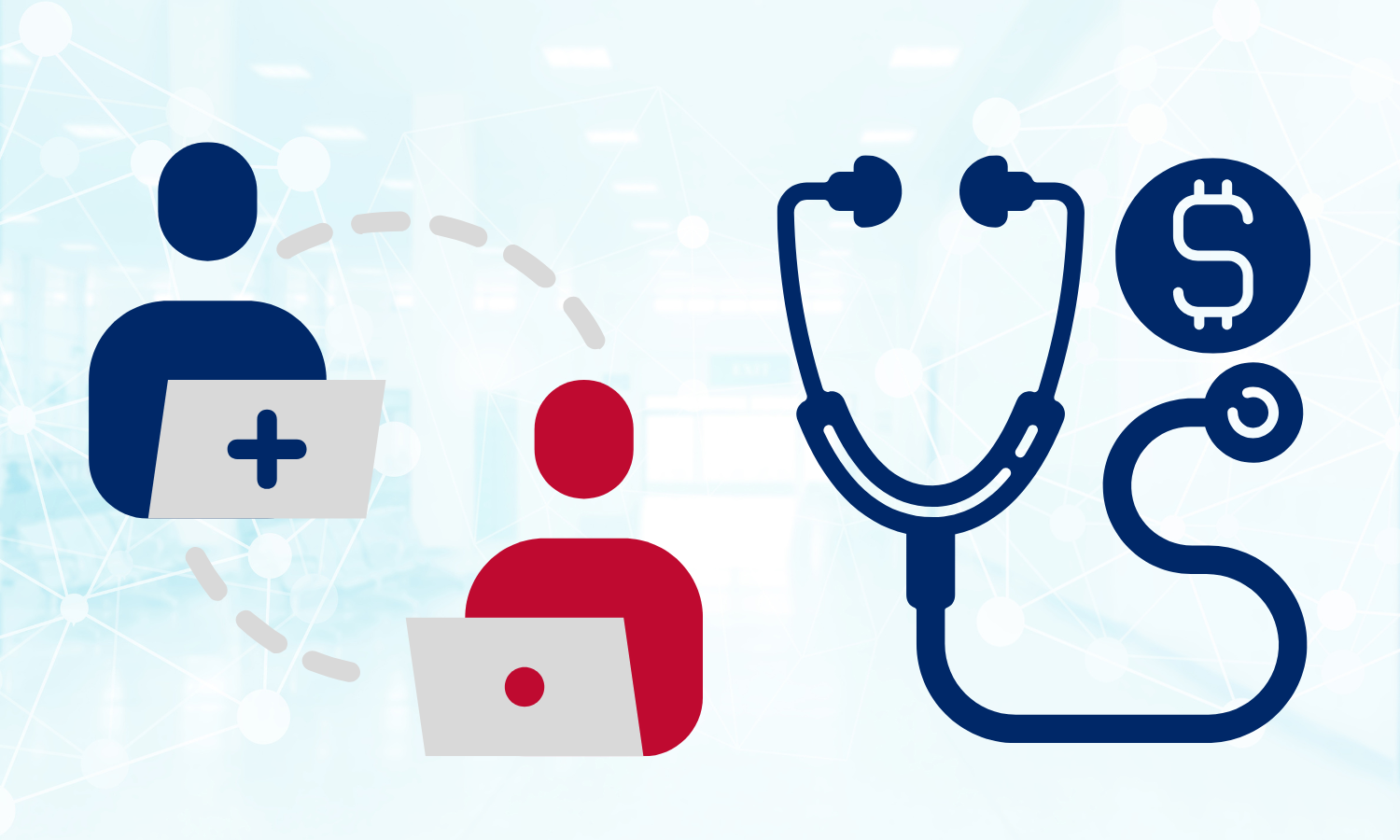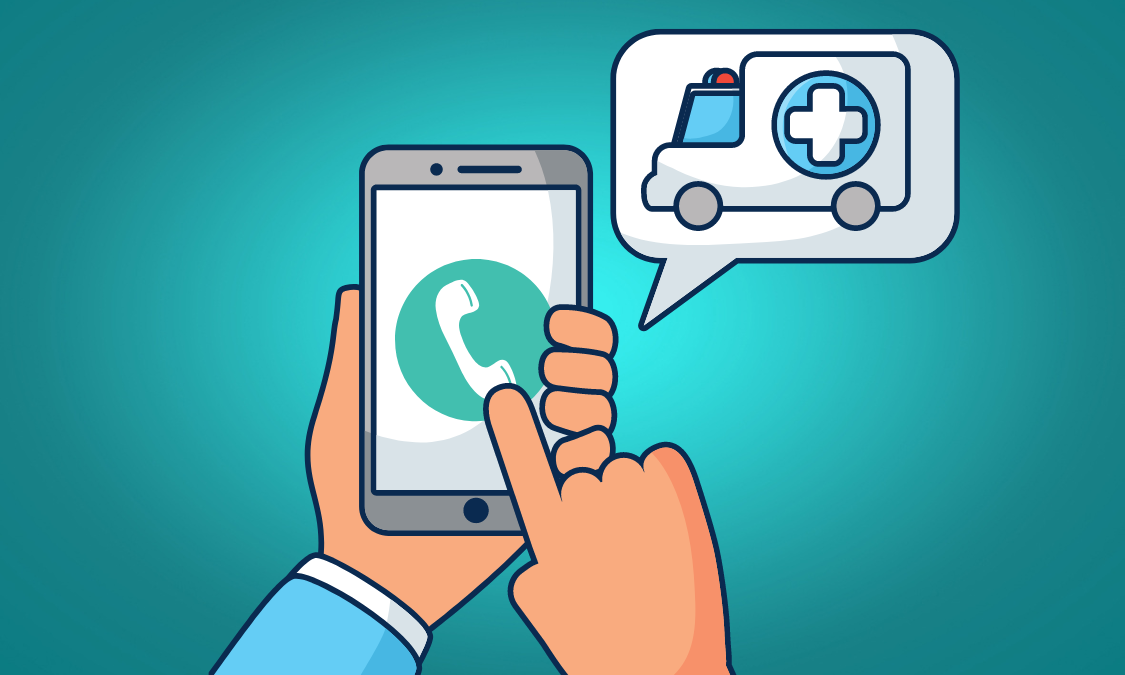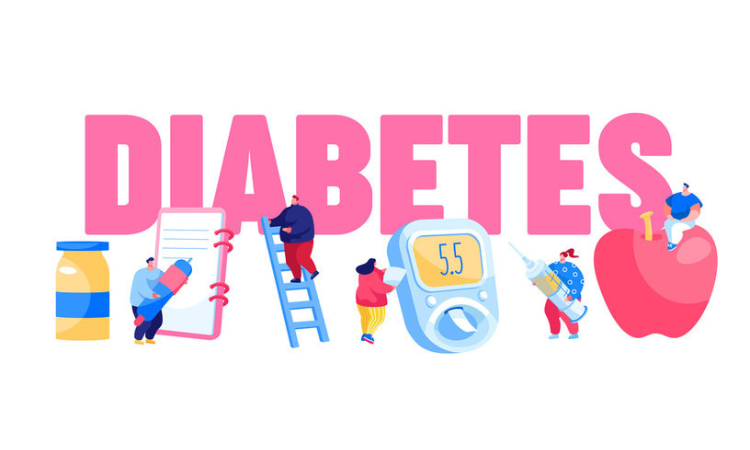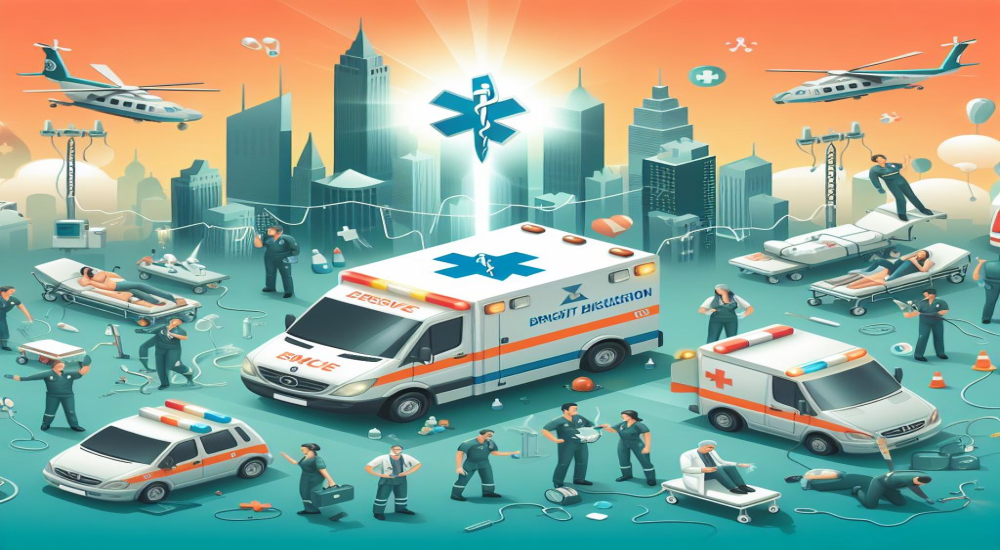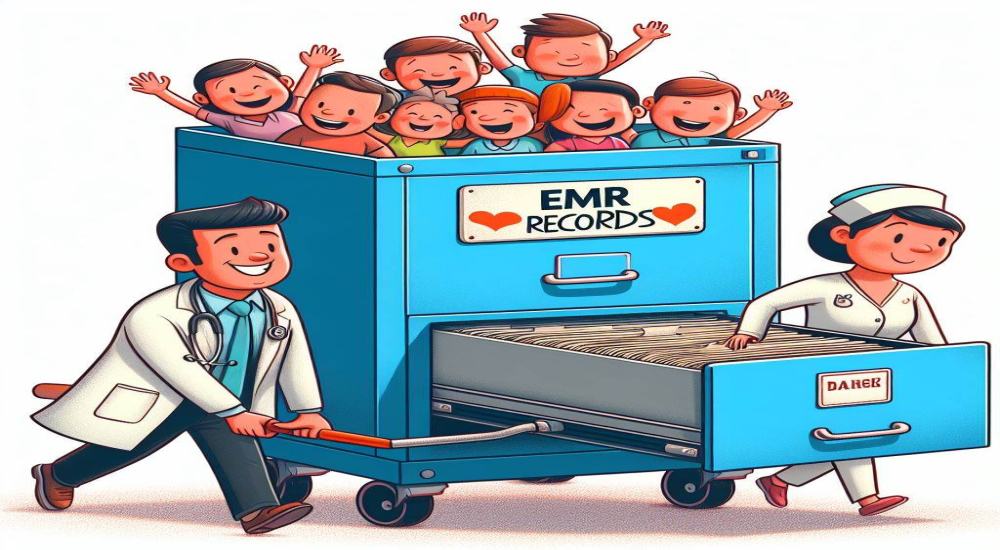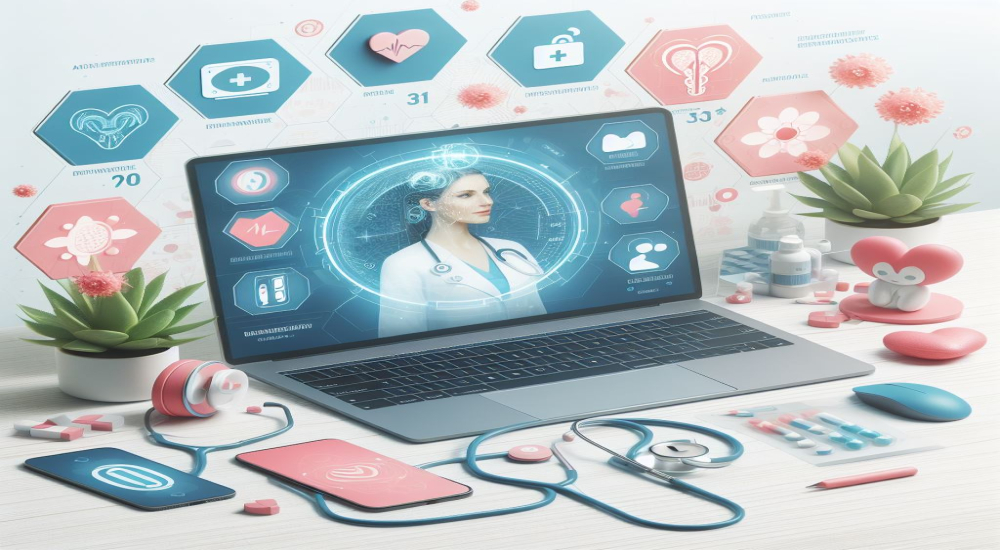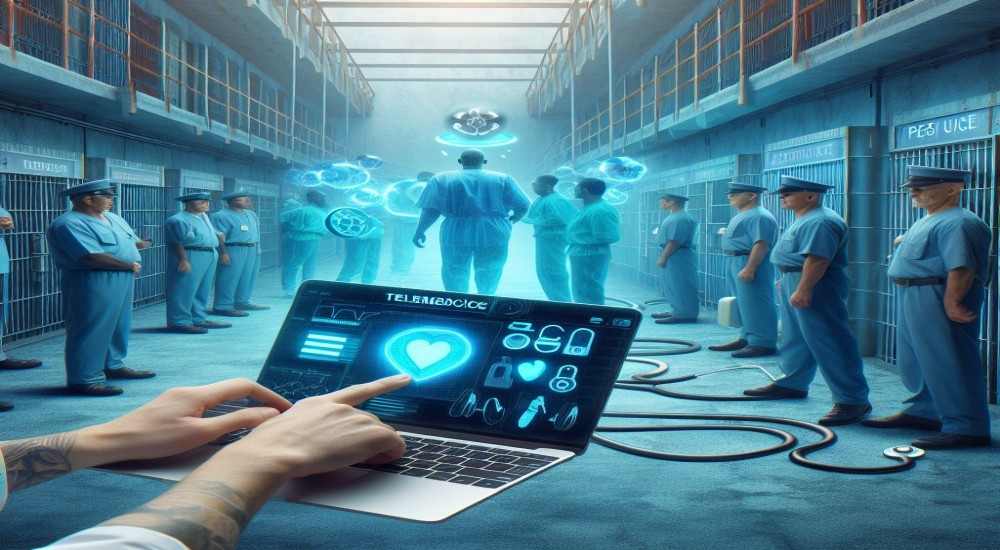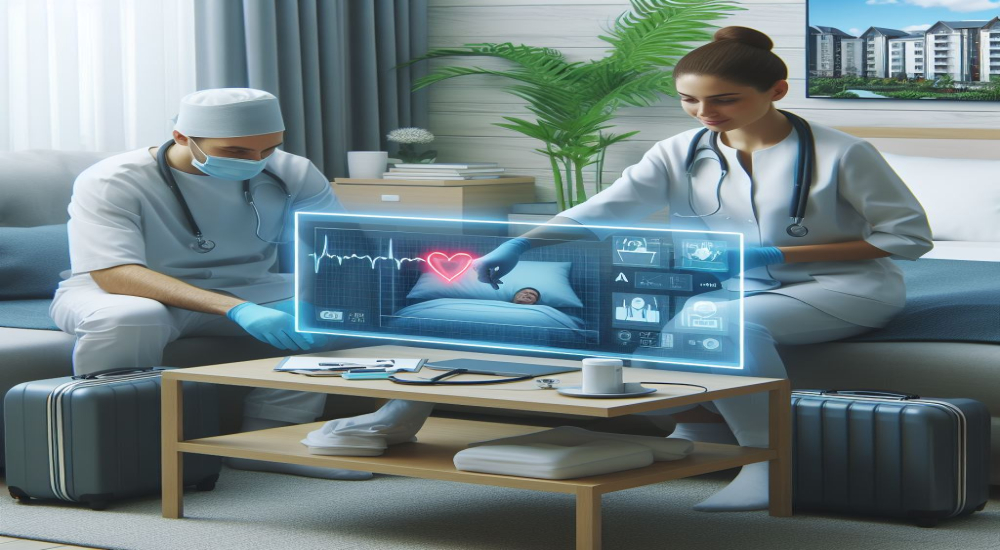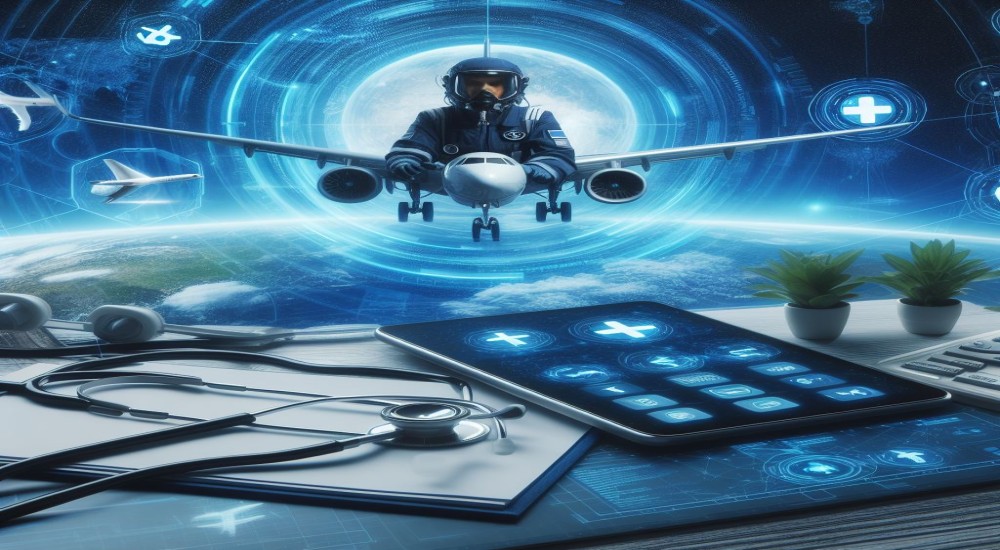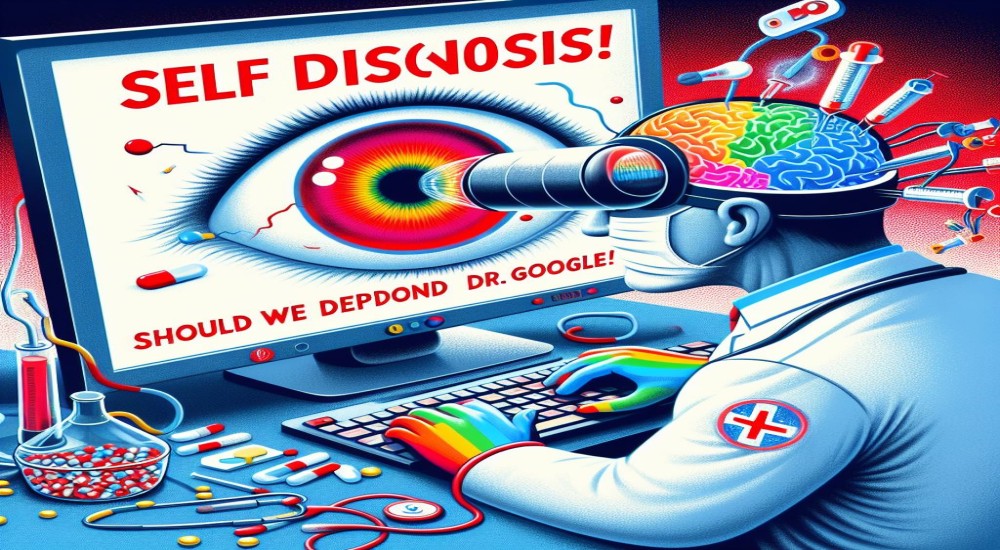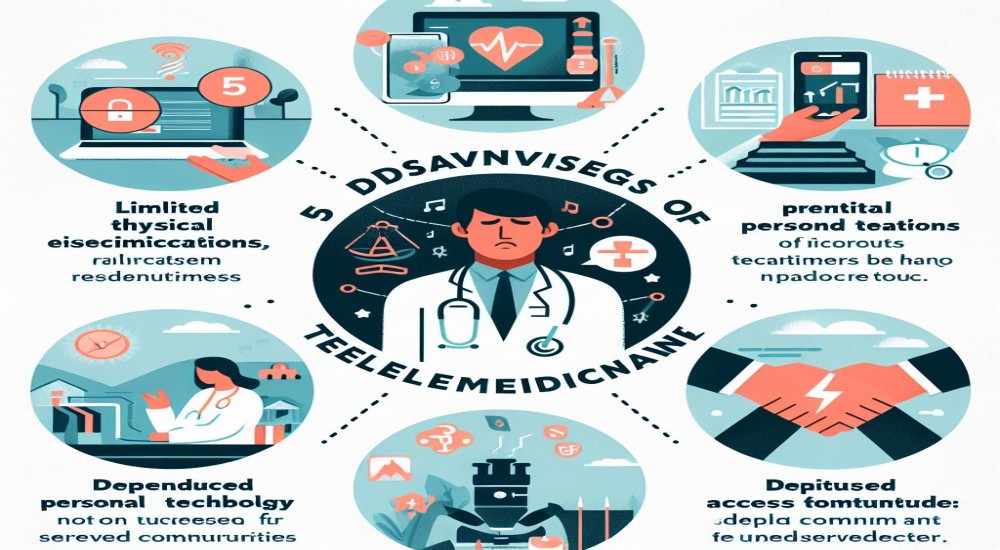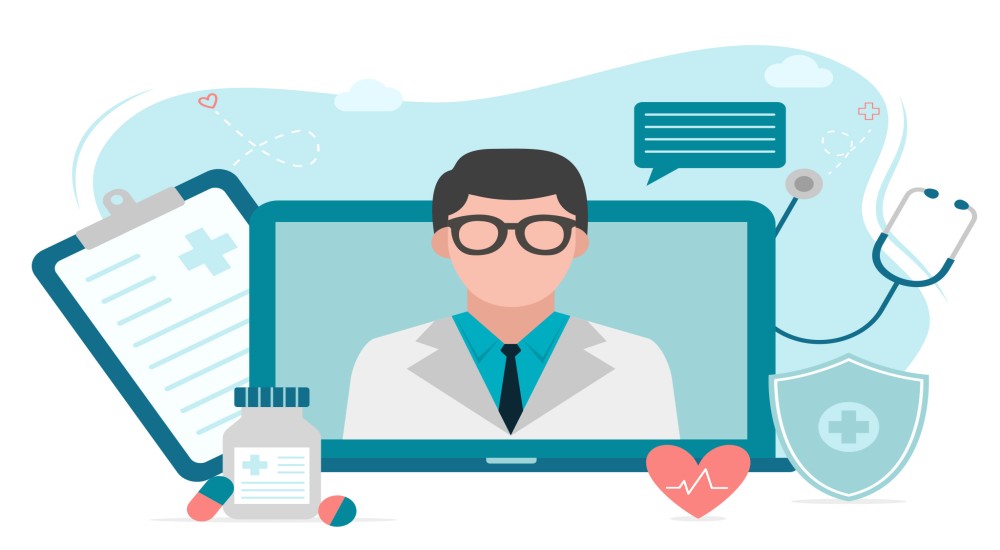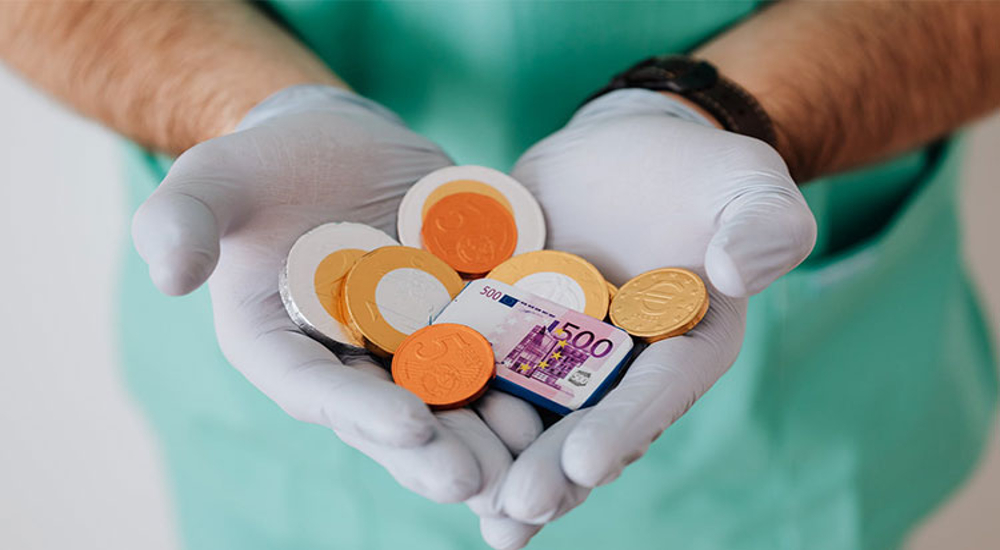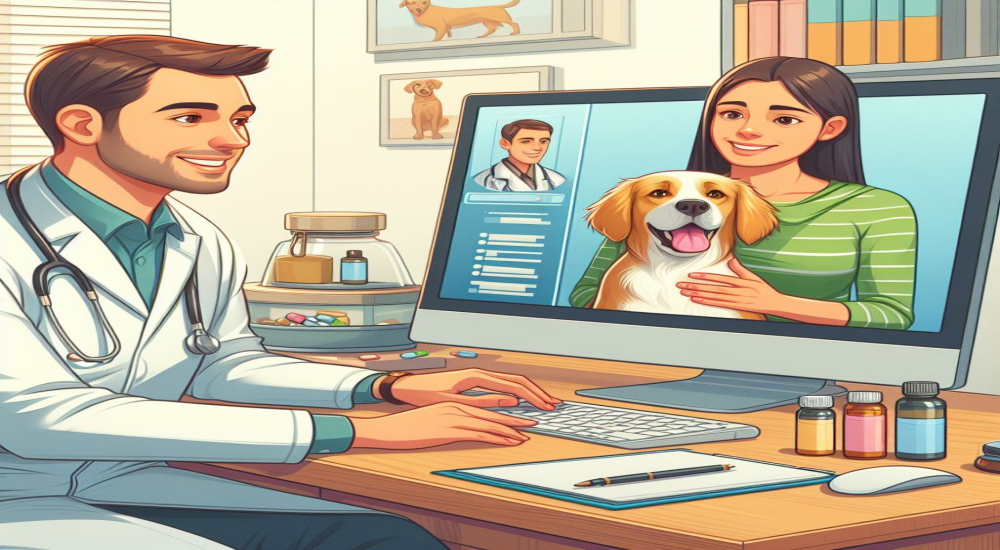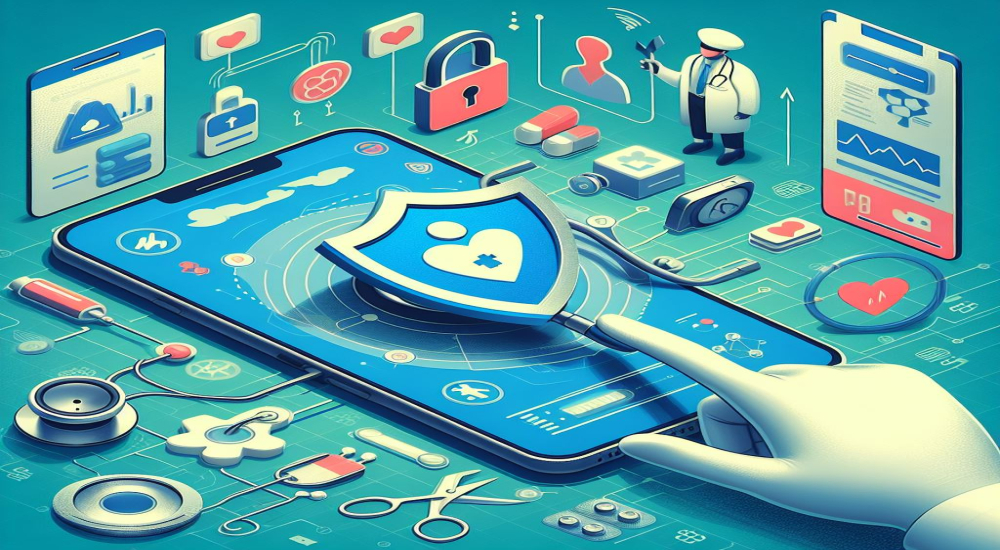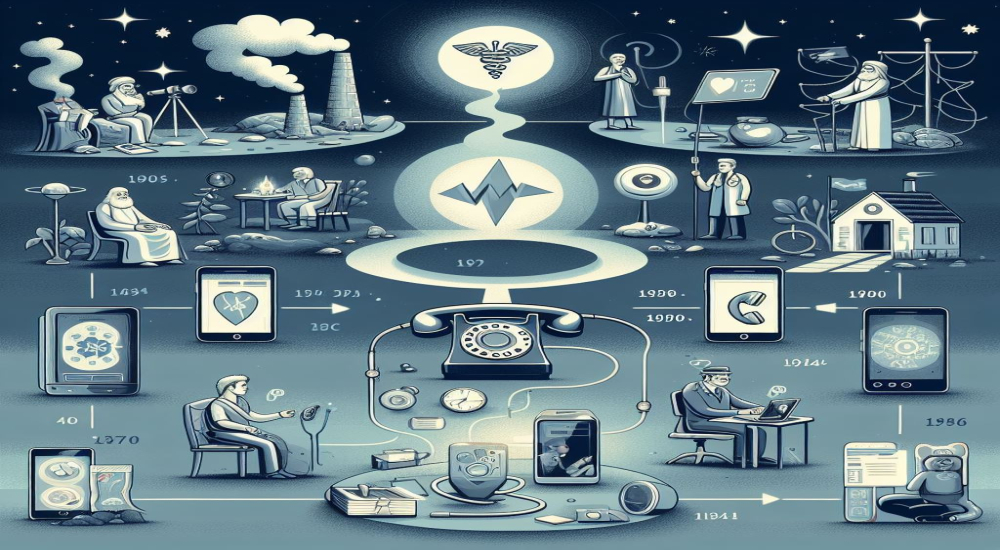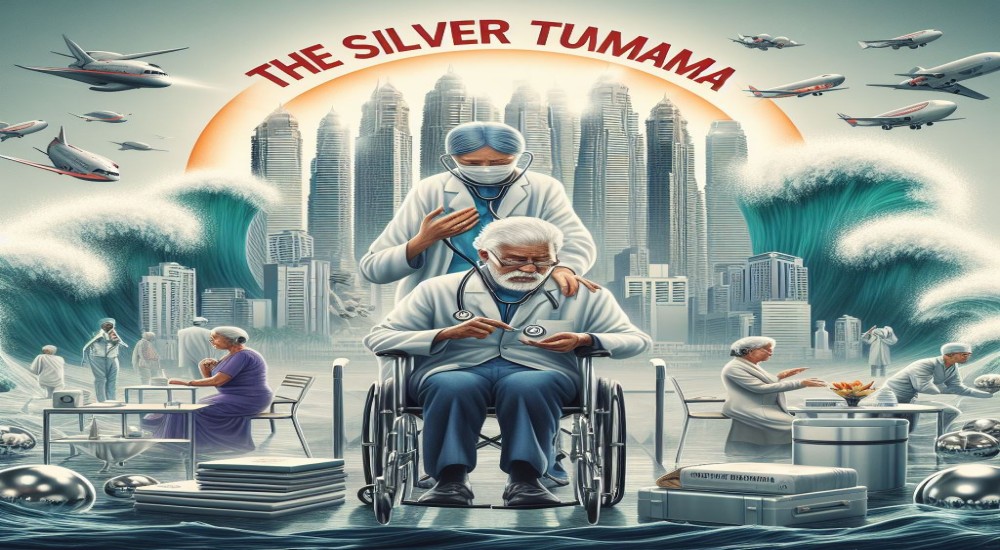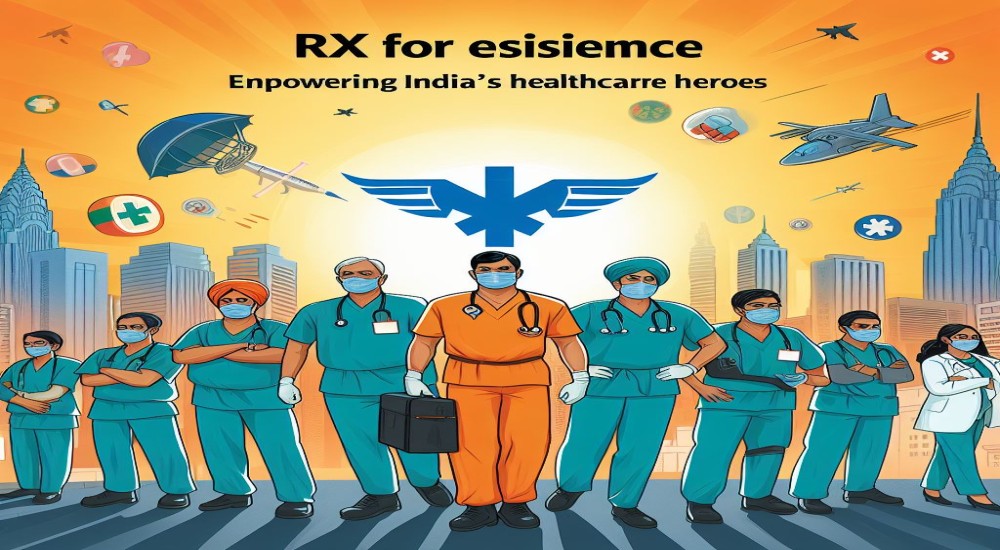Benefits of Telehealth in Ambulatory & Emergency Settings
The rise of telemedicine has drastically increased in the post-COVID world. Telehealth was a necessity during the pandemic as people were quite literally confined to their homes and still needed to access healthcare and consult with their doctors, but there has been a growing trend in medicine towards remote health monitoring and diagnostics. This trend has only been accelerated by the advancement of technology and the massive increase in the ways programs and apps can be created.
Now let's face the truth, our smartphones of today can outperform most of the computers from just a decade ago. What required multiple devices to do can now be done very simply and quickly on one device, our phones. This means that the rate at which we can access data and process it has had a quantum leap. Telehealth by itself is an age-old concept, one that has been in practice for decades, but it took the recent pandemic to actually force it on the global healthcare system.
THE RECENT BOOM IN TELEHEALTH SERVICES
Just like taking the first tentative bite out of a piece of pie and finding out that you can't stop because it tastes so good, telemedicine became the go-to service for a world in lockdown that still needed access to healthcare. For many doctors with small and medium practices, it was a way to keep their practices afloat in a time when there were no walk-in patients.
However, as people continued to use Telemedicine they found that getting consultations online made a lot of sense and saved them significant time and money. People are creatures of habit and once we find a comfortable routine we don't really want to change that.
All of us have seen how so many industries and employees adapted to Work From Home (WFH) during the pandemic. It went so well in fact that many employees are refusing to return to a physical work week, in fact, a senior executive at Apple quit his job after being asked to work from the office.
Many software companies and IT firms performed quite well even with their workforce quarantined at home. The lack of a commute and saving the expenses involved in that was a big boost to employees and they have united as one to demand that the WFH culture be normalised. In much the same way, the medical community has rallied around telemedicine as a regular part of pre and post-hospital care.
WHY THE FUSS OVER TELEHEALTH?
It might be hard for people to understand why there is suddenly such a boom in the field of telehealth, especially with so many new companies, health tech startups and big name brands such as Amazon and Apple offering their services in the sector. We can attribute this frenzy to a few main causes.
Versatility: The ways in which telehealth services can be rolled out are many, in fact, every single speciality and sub-speciality of medicine can be served by the use of telemedicine. Various sections of medical care such as diagnosis, triage, imaging, post-op care, etc can be easily carried out this way.
Demand: There is a rising demand for the use of telehealth services both on a systemic level as well as at a personal level. Insurance companies, hospitals and medical professionals themselves have seen that there is a lot of time and money to be saved by using telemedicine services this can and is driving a change in the way healthcare is provided and priced.
Technology: What was not really possible a decade ago is feasible today because of the rapid advancement in technology. Smartphones are ubiquitous today and the availability of high-speed internet has broken existing barriers in data transmission. New technology is going to be even faster, lighter and multipurpose than ever before.
WHY APPLY TELEHEALTH TO EMERGENCIES?
Emergency services are one area of healthcare where a large number of fatalities are seen globally, this is either due to poor training of personnel, lack of equipment, organizational and oversight issues, etc. The way emergency services work and their effectiveness can change greatly depending on which country, region or location you choose to look at. There is a huge difference in the way EMS works in Europe compared to say, Botswana.
This discrepancy in funding and tech aside, most of the above-mentioned problems are universal to Emergency services and their providers. The field also has one of the highest burnout rates in the whole healthcare industry with many paramedics and EMT techs quitting. Now addressing these issues of staffing, funding, organization, etc cannot be done easily, mainly due to the very nature of bureaucracies themselves. So any large-scale revamp would take months or years to plan, debate and fund, in the meantime more and more lives will be lost due to inefficient practices and inadequate resources.
So can we stem the tide with a solution that is easier to implement and doesn't cost as much? Why yes, that's where telemedicine comes in. Telemedicine companies simply design software that enables a medical consultation between a doctor and a remotely located patient. This software can be run on pretty much all devices whether they are phones, tablets, laptops, etc.
In today's scenario, the cost of data and the internet is quite low with multiple options to choose from. All of this boils down to one very simple thing, telemedicine is a cheap and readily available method to augment ambulance and emergency care. The use of Telemedicine can help to connect doctors and specialists who are mainly concentrated in urban areas with EMS crews that urgently require their expertise out in remote and rural locations.
HOW CAN TELEHEALTH HELP?
Telehealth services can help in a variety of ways and save lives when we integrate them into the existing EMS workflows.
- Get expert opinions and specialist consults for cardiac, neurological, paediatric and gynaecological emergencies.
- Solve staffing issues by having virtual assistants in the ambulance.
- Use remote patient monitoring to reduce the burden on EMTs.
- Make full use of the golden hour.
- Perform more complex lifesaving procedures under the supervision of a virtual doctor.
- Treat a wider variety of emergencies and administer more treatments.
- Increased on-the-job exposure and learning.
- Low-cost solution to add doctors to every ambulance.
- Prevent adverse events for patients.
- Initiate stroke protocol, and triage in the field with a doctor's supervision.
- Reduce morbidity and mortality.
- Less EMT burnout
- Remote hospitals are alerted in advance to the type of emergency and time of arrival.
TAKEAWAY
Telehealth solutions and service providers are now looking to enter the previously untapped market of ambulatory and emergency services, this is not just a private push but also a concerted effort by policymakers at the state and central levels in various countries. When it comes to doing more with less, Telemedicine can be an ideal solution. That is why many countries including India are investing so heavily in it. But when all is said and done we should remember that telemedicine is an adjunct and a tool for conventional medicine and it cannot replace the in-person contact that is mandatory in many areas of medical care.
That is why many countries including India are investing so heavily in it. But when all is said and done we should remember that telemedicine is an adjunct and a tool for conventional medicine and it cannot replace the in-person contact that is mandatory in many areas of medical care.
